Prayer in the garden of Gethsemane
Oil on canvas, cm 80,5 x 65,5
Christ’s prayer in the garden/forest of Gethsemane, located on the west side of the Mount of Olives outside the eastern walls of the Holy City of Jerusalem, constitutes one of the most significant moments of the Christian religion and therefore one of the most finely analyzed subjects in the artistic field. The iconography that is its own underlies precise symbologies, starting from the three apostles present at the event, Peter and the two sons of Zebedee James and John. It is no coincidence that the three are the same of the Transfiguration: if this is indeed the occasion in which Jesus reveals the unspeakable nature of the True God, showing himself One and Triune, the oration in the garden is the clear prelude to the death of Christ. The recurrence of the three is justified in the Pauline explanation that the truth shown through the Transfiguration can only be reached with the death of Christ; the three are therefore a symbol of the imminent but necessary death of the Son so that through the Passion the redemption of mankind can take place. In the painting the need to die of Jesus is also symbolized by the chalice extended to him by the angel, mentioned only in Luke (22,43), to whom Christ addresses himself with the words «My Father, if it is possible, pass away from me this chalice!" (Mt. 26,39) , and containing metaphorically the blood of sacrifice. In the distance, on the right, you can see approaching soldiers led by Judas.
The painting is clearly influenced by the suggestions arising from the lessons of Michelangelo and Raffaele borrowed in the Roman context (especially for the surrender of the apostles), here taken from the Central-Italic school, perhaps specifically Cremona. Compare this prayer with the almost identical one by Marcello Venusti (Mazzo di Valtellina, 1510 - Rome 1579).












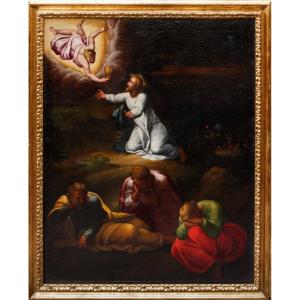











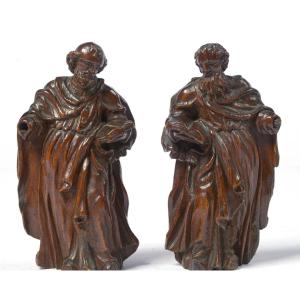

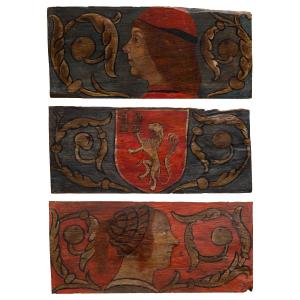




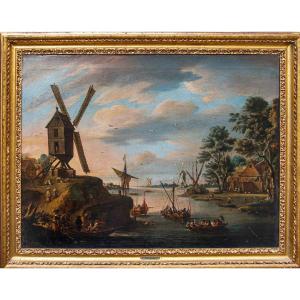
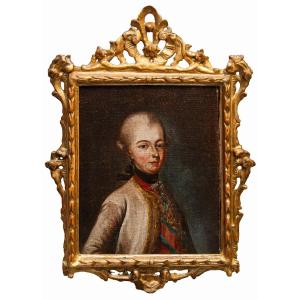

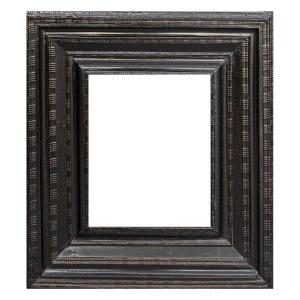



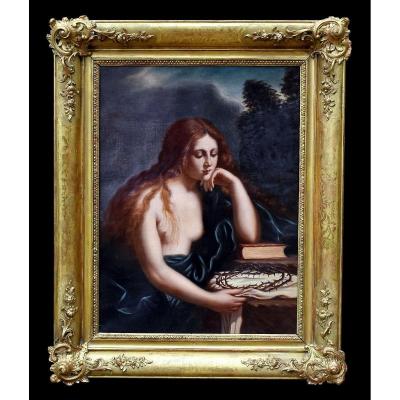

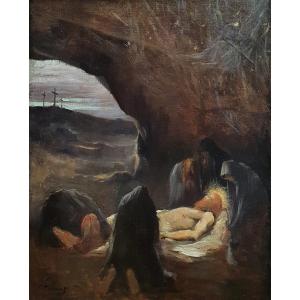





 Le Magazine de PROANTIC
Le Magazine de PROANTIC TRÉSORS Magazine
TRÉSORS Magazine Rivista Artiquariato
Rivista Artiquariato